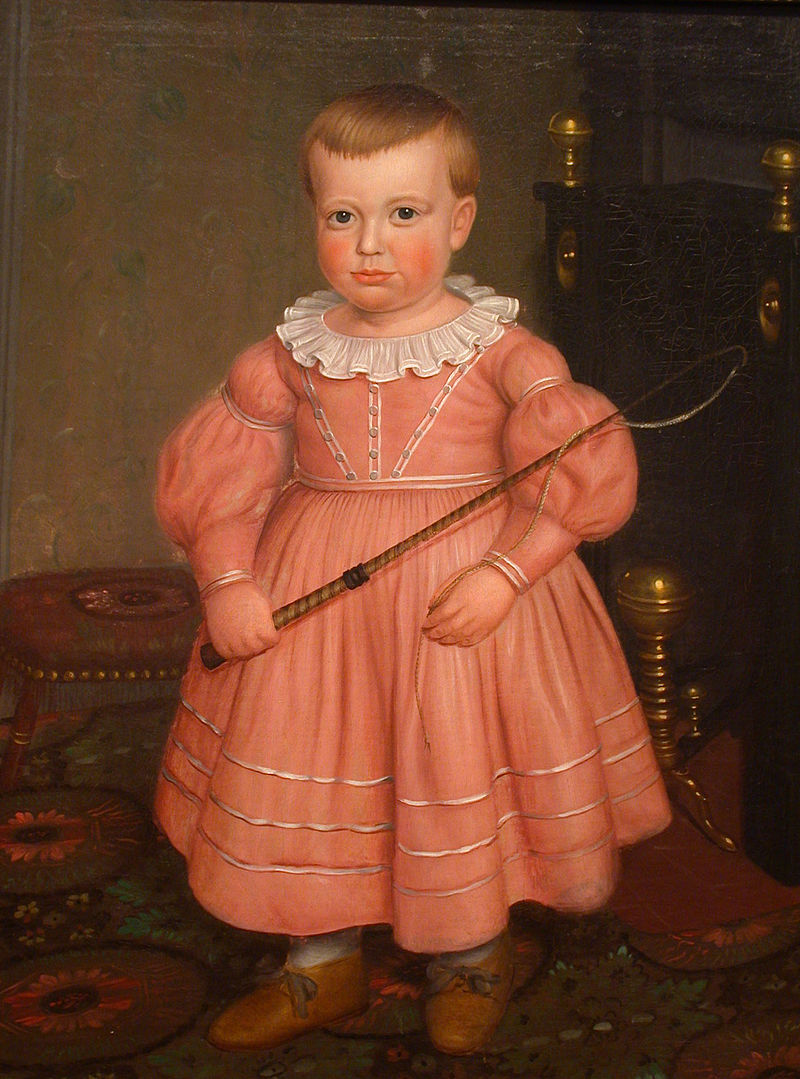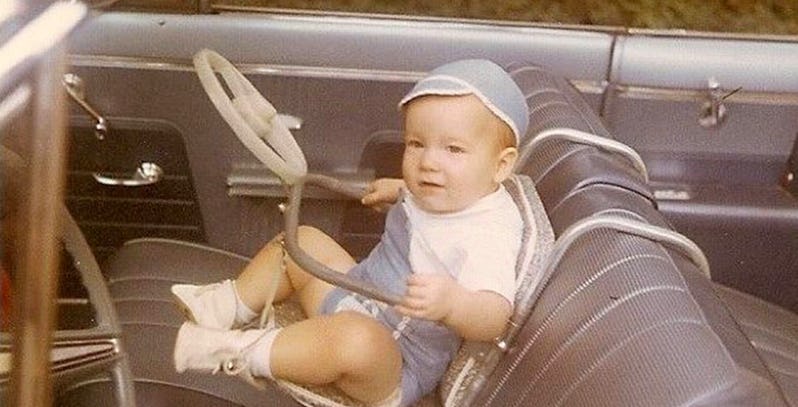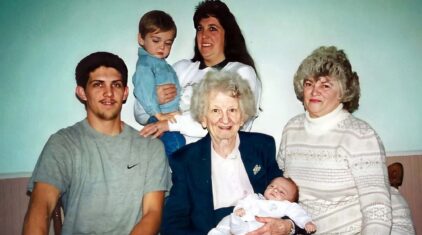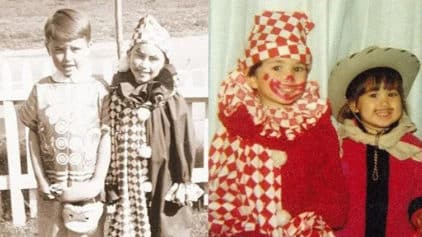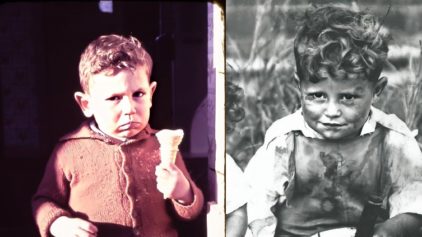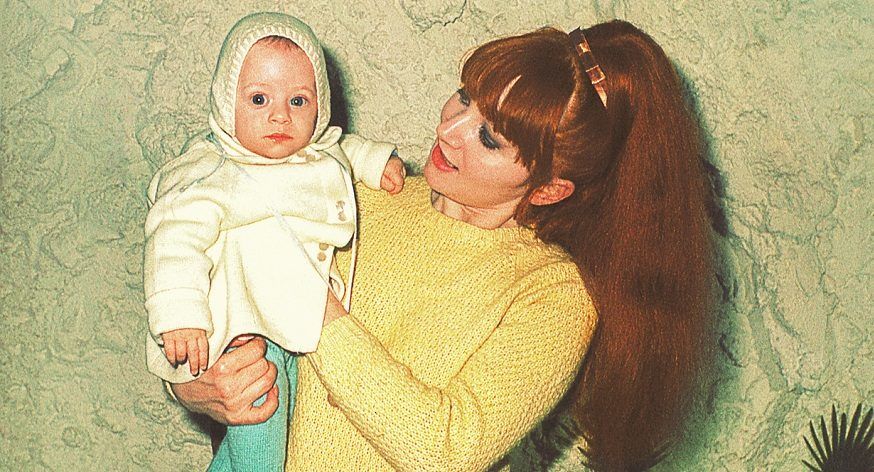

Parents have been caring tenderly for their babies since the dawn of time, but the way they have done so has evolved and changed over the generations. Those changes could result from technological or social changes, advances in medical knowledge and understanding, or shifting fashions.
Here’s a look at how newborn care has changed over the past several hundred years.
Clothing
Before the Industrial Revolution, clothes needed to be sewn by hand. Most people made their own clothes, and it was a time-consuming task. Because babies grow so quickly, there was little point in making tailored clothing for them, so many babies were simply wrapped in swaddling and blankets or dressed in simple gowns. In warmer climates, they were probably naked most of the time.
The concept of dressing girls in pink and boys in blue is recent. In fact, when store-bought fabrics became more readily available in the late 19th-century, it was boys who were assigned pink and girls blue. An article from the Wilkes-Barre Telephone (November 6, 1897), stated, “As all the world which has had experience in such things well knows, blue booties are for girls and pink for boys.”
The switch occurred after World War II, and now it is common to dress boys in blue and not in pink. While colors like pink and purple are more associated with girls, girls are often dressed in every color, including blue.
Feeding
Until the 20th-century, breastfeeding was the only way to safely feed a newborn. A baby whose mother was unable to feed it would need to be nursed by another lactating woman called a wet nurse. If a wet nurse couldn’t be found, the only options were animal milk and mixtures of bread or cereal with liquid, called pap or panada respectively. These foods lacked necessary nutrients, and the cups and boats used to feed them to the babies were difficult to clean and often contaminated with harmful bacteria. For this reason, many babies who were unable to nurse died.
In the late-1800s, doctors began to understand and attempt to address the problems with artificial feeding. They worked to develop an infant formula that contained exactly the same compounds and nutrients as mother’s milk. Glass bottles — which were easier to clean — were introduced in the 19th-century, and Similac was first introduced in 1923. These, along with other groundbreaking advances in medical science during most of the 20th-century, increased confidence in the medical establishment and led parents to trust doctors more than they trusted their own natural instincts. That attitude, combined with clever advertising campaigns by formula companies, led many mothers to believe that formula feeding was a better way to feed their babies than breastfeeding.
In the 1990s, studies emerged showing an association between formula feeding and a variety of health problems. Pediatricians began to urge parents to return to breastfeeding as a result. However, societal shifts — such as the rise in numbers of mothers working outside the home — have made it increasingly difficult for mothers to follow those guidelines. Fortunately, modern baby formula is extremely safe and babies thrive on it just as much as they do on mother’s milk.
Bathing
It seems that the practice of bathing babies goes back a long time. Bartholomew the Englishman wrote in the mid-13th century that babies should be bathed frequently, and in 1935, the U.S. Federal Children’s Bureau stated that healthy babies should be bathed daily. Presumably, this was to ensure sterility and hygiene, but it didn’t take into account the fact that bathing — especially with soap — removes the skin’s natural oils and can dry out the skin. Currently, the American Academy of Pediatrics (AAP) says that there’s no need to bathe a baby every day.
Sleeping
In 1992, the AAP began the “Back to Sleep” campaign to raise awareness about safe sleeping positions for babies. Before the link between sleep position and SIDS was discovered, the common practice was to put babies to sleep on their stomachs. Babies tend to be more comfortable on their stomachs, and therefore sleep more deeply — and there is speculation that that’s why it raises the risk of SIDS.
In 1935, the Federal Children’s Bureau advised putting babies to sleep in their own rooms so they wouldn’t be disturbed. Today, the AAP recommends that babies sleep in the same room as their parents during their first few months of life.
Quality Time
Mothers are spending more time working outside the home than ever: 60% of women with children under age 6 work outside the home, according to a Bureau of Labor Statistics report from 2008, as opposed to just 19% of mothers with small children in the 1950s (according to historian Stephanie Coontz). Despite what this may lead us to expect, parents are also spending more time than ever with their children. Pew time-use studies report that moms spent 10 hours a week on childcare in 1965, and dads spent only 2.5 hours with their kids per week. By 2011, moms increased the time spent with their kids to 14 a week, and dads more than doubled theirs: 7 hours a week on average. Especially since moms averaged around 8 hours a week working in 1965 and tripled that figure by 2011, it’s striking how much our expectations for how mothers should invest their time has changed over the decades.

Affectionate Touch
Until the 1960s, there was a prevailing attitude that holding, feeding, and cuddling babies too often would spoil them. Since then, studies have shown that affectionate touch is crucial for a baby’s healthy development, and parents are encouraged to hold and cuddle their children as often as they like.
Transportation
Unlike most animals, human babies can’t walk for the first year of their lives. That means the parents have needed to carry and transport them from place to place so they could get on with their work. In many cultures, babies were tied to their mothers’ backs with scarves or pouches. Strollers were invented in the 18th century and became popular in the Victorian period.
Car seats were introduced in the 1930s, not as a safety mechanism, but to lift babies up so they could see better.
It was only in the 1960s that car seats were developed for safety.
Baby care may have changed dramatically over the centuries, but the love and devotion parents feel towards their children has remained the same.
What are some newborn care practices that have changed over the course of your lifetime? Tell us in the comments!
